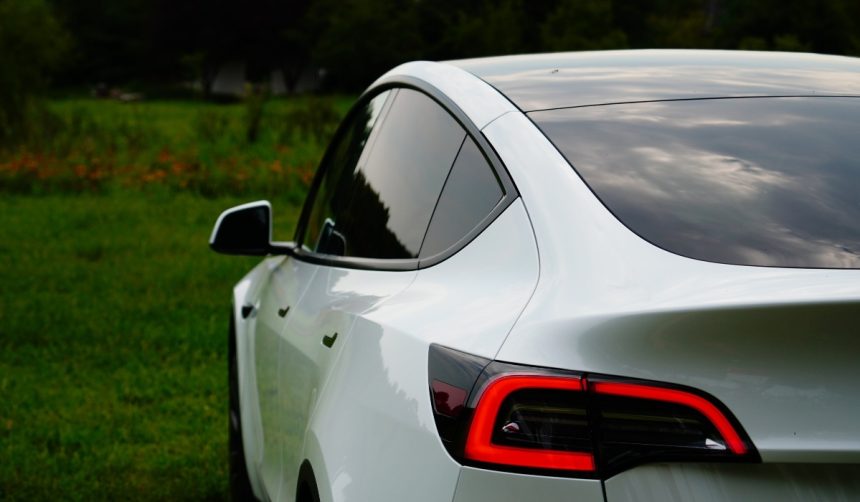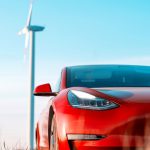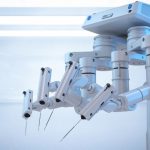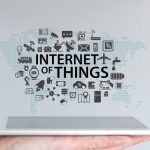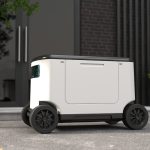Technology companies often look for internal synergies, but Tesla’s upcoming AI8 chip signals a multi-sector approach that extends beyond terrestrial applications. Recent activity on social media by CEO Elon Musk, combined with increasing collaboration between his enterprises, underscores the growing intersection between automotive innovation and the aerospace sector. The convergence of Tesla’s artificial intelligence technology with SpaceX’s infrastructure aims to impact not just cars or factories, but data center capabilities both on and off the planet.
Earlier discussions and leaks regarding Tesla’s custom AI chips primarily focused on their roles in autonomous vehicle systems and robotics. Previous reports suggested that earlier chips like the AI4 would serve as the workhorse for self-driving technologies, but new developments now point to a broader range of use cases. The latest signals from Musk suggest a strategic pivot from vehicle-centric priorities toward collaborative ventures with SpaceX, integrating computing power into space-based operations, something not indicated in earlier updates.
Why Is Tesla Developing AI8?
Tesla had been expected to center its chip development around driving automation and Optimus humanoid robots. However, recent comments from Elon Musk highlighted that the company is simultaneously designing AI5, AI6, AI7, and AI8 models, suggesting an expanded vision. Speculation grew after Musk responded to a user post hinting that AI8 could support SpaceX’s orbital data centers, using the bullseye emoji as subtle confirmation. This interaction hinted at cross-company usage, hinting at future projects linking Tesla and SpaceX.
Will SpaceX Deploy Tesla Chips in Space?
Elon Musk responded to online speculation by indicating that SpaceX’s next-generation Starlink V3 satellites will likely serve as platforms for in-orbit data centers, possibly powered by the AI8 chip. Addressing a comment on social media, Musk said,
“Simply scaling up Starlink V3 satellites, which have high speed laser links would work. SpaceX will be doing this.”
His concise affirmation generated anticipation about whether Tesla hardware would become a critical component of SpaceX’s orbital computing projects.
What Challenges and Benefits Does In-Orbit Data Processing Present?
The proposal for processing data in space addresses concerns emerging from the rapid expansion of artificial intelligence workloads, such as the energy and cooling limitations of earthbound data centers. Space-based infrastructure could mitigate land and water resource consumption, but industry observers point to the complexities of maintaining high-performance equipment in orbit. The sustainability of such installations has become a topic of debate, but supporters argue that the leap in bandwidth, enabled by Starlink V3’s promised 1 terabit per second capability, supports Musk’s vision. He described the project as
“a very big deal,”
highlighting its potential influence on the sector.
Musk’s subtle acknowledgments and social media interactions point to a tangible future in which Tesla and SpaceX technology are closely interlinked, supporting each other’s growth and ambitions. The extension of chip design beyond automotive and robotics into extra-terrestrial computing demonstrates an effort to address scaling constraints in AI and data processing. For readers interested in artificial intelligence or the future of data infrastructure, it’s useful to note that AI chips optimized for space-based deployments will need to satisfy demands for reliability and performance in challenging environments. Developments from Tesla and SpaceX could potentially be closely watched by both tech and aerospace industries, as the integration of these technologies could mark a significant shift in how computational resources are distributed and managed in the future.

